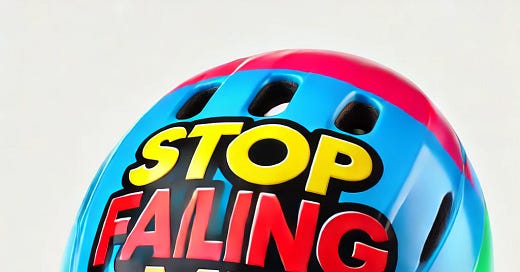Reflections from the Bike Bus
Hey StrongHavenites!
September is almost through, so it’s time to get back to the Substack. With the Fall routine comes the launch of the Bike Bus! Last year, we piloted a new route down Sconticut Neck with a few families. I’m happy to report that the route has doubled in size.
I wanted to highlight this new route here as an e…
Keep reading with a 7-day free trial
Subscribe to StrongHaven to keep reading this post and get 7 days of free access to the full post archives.



